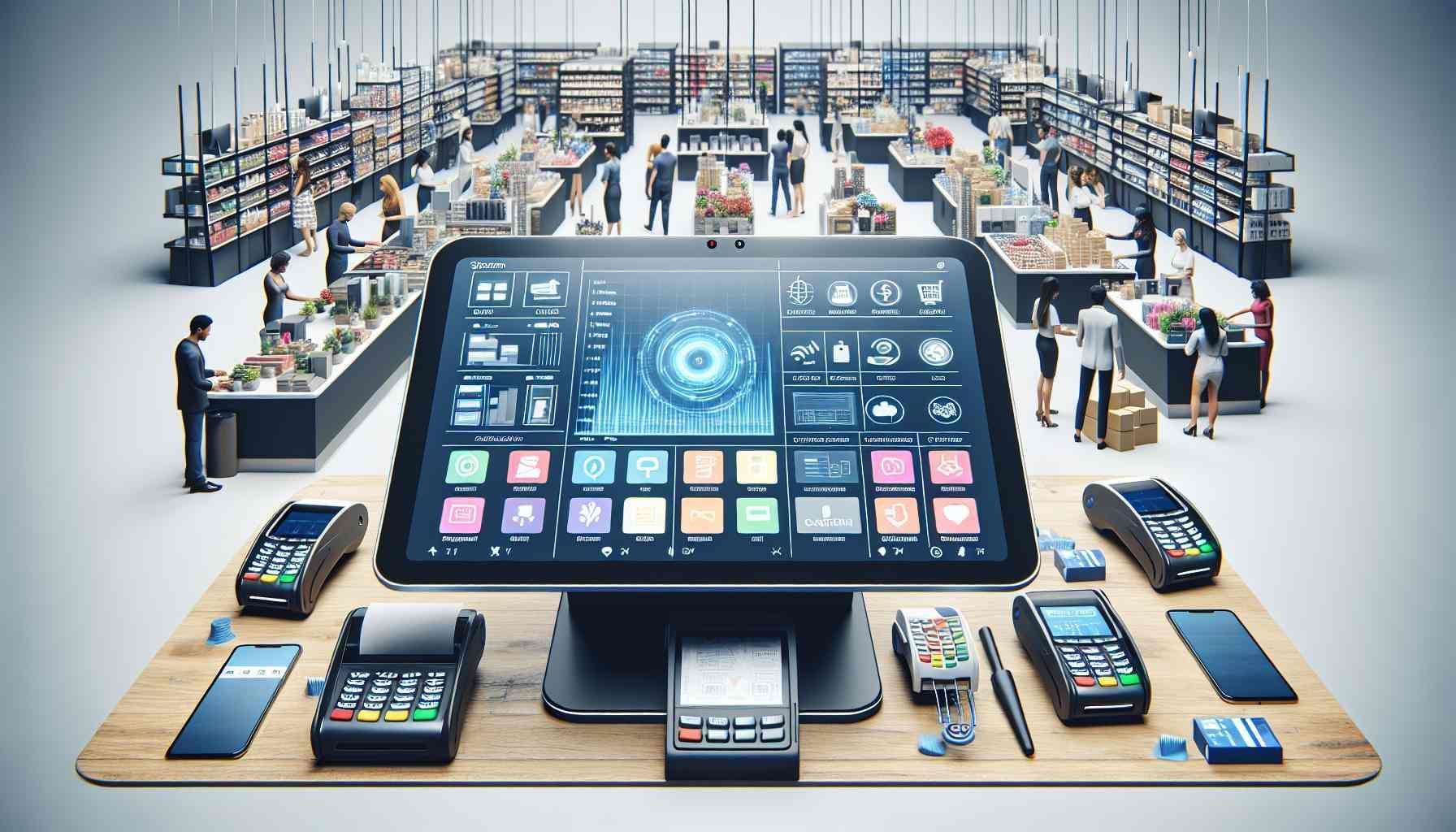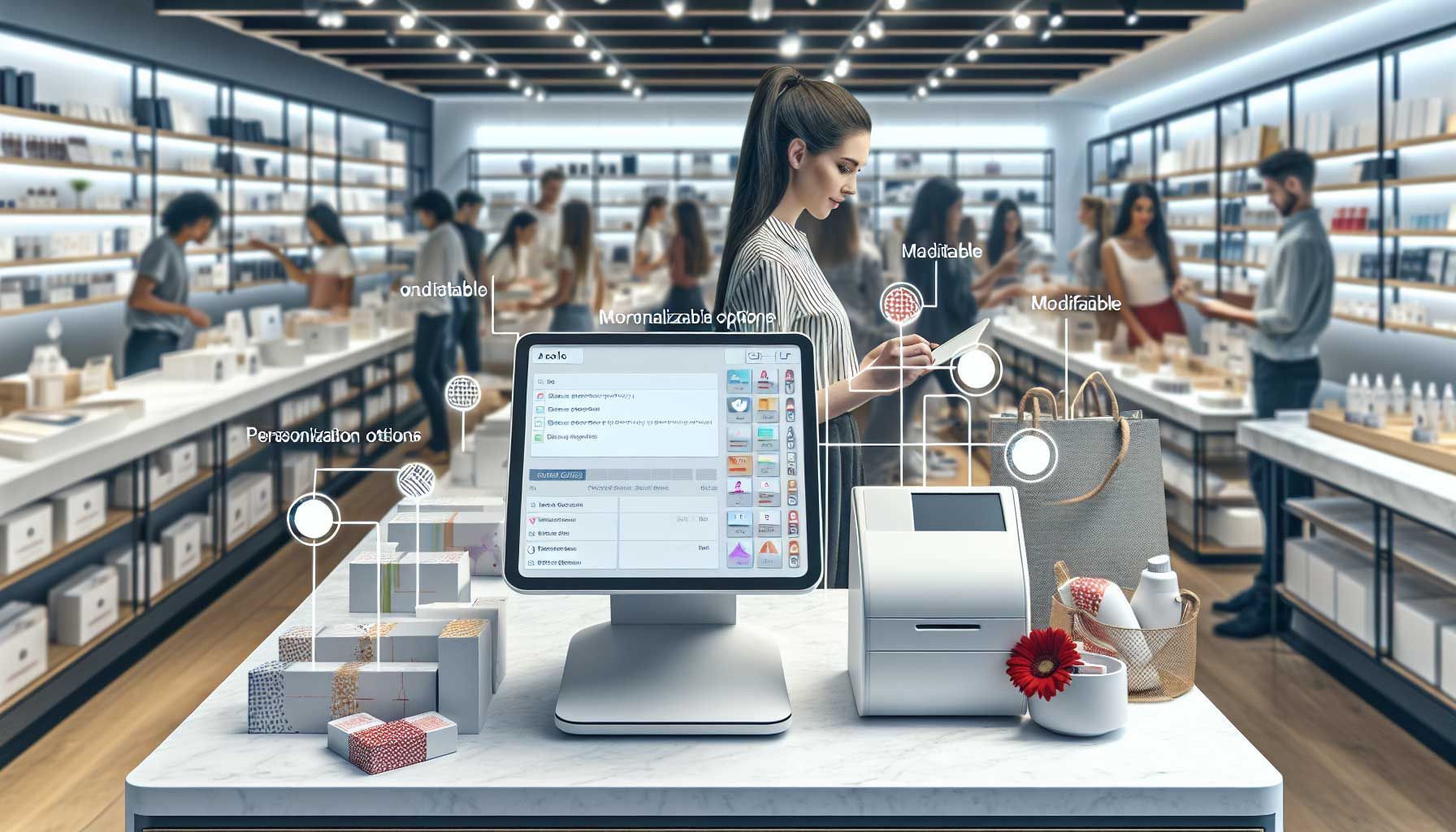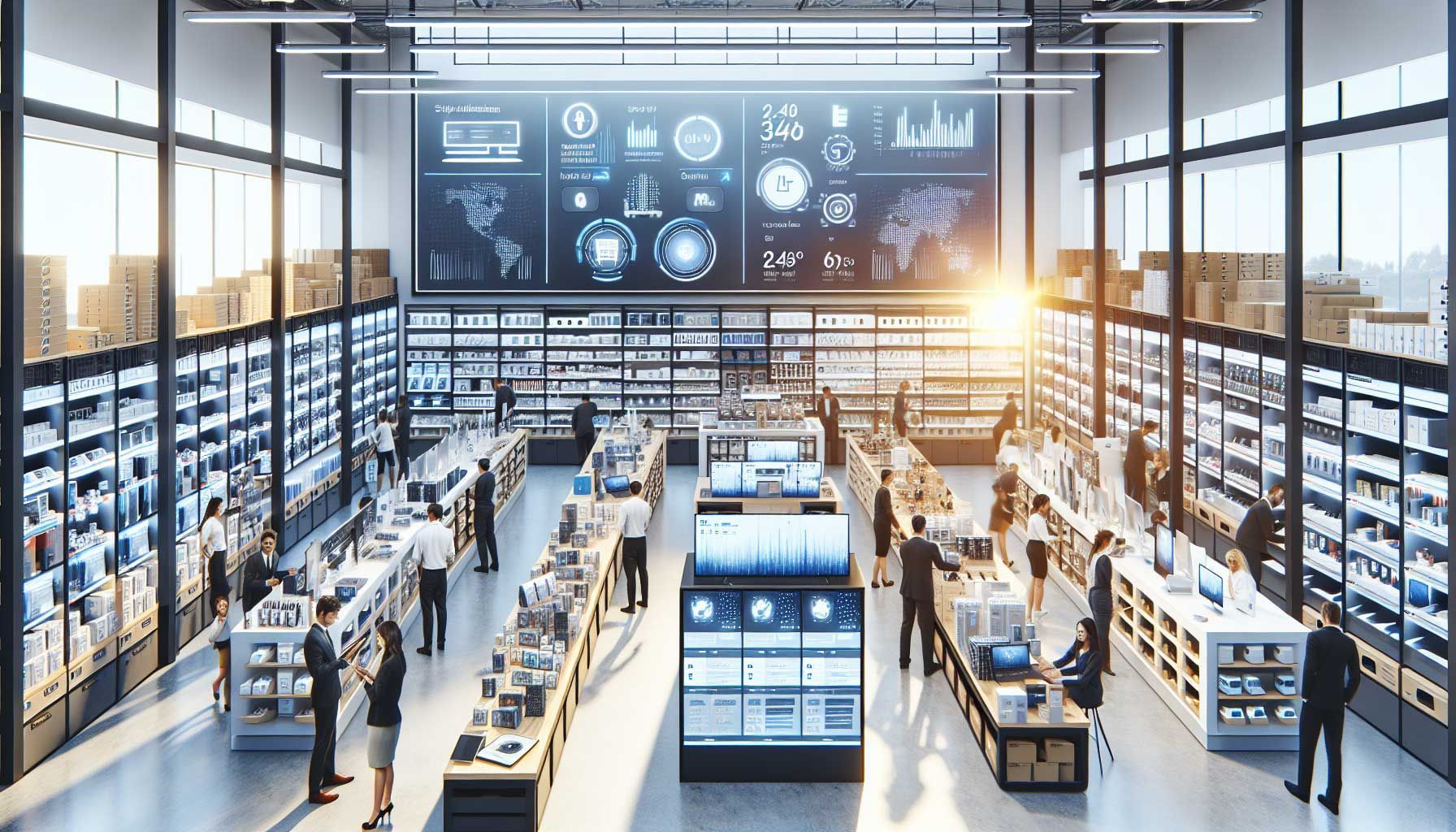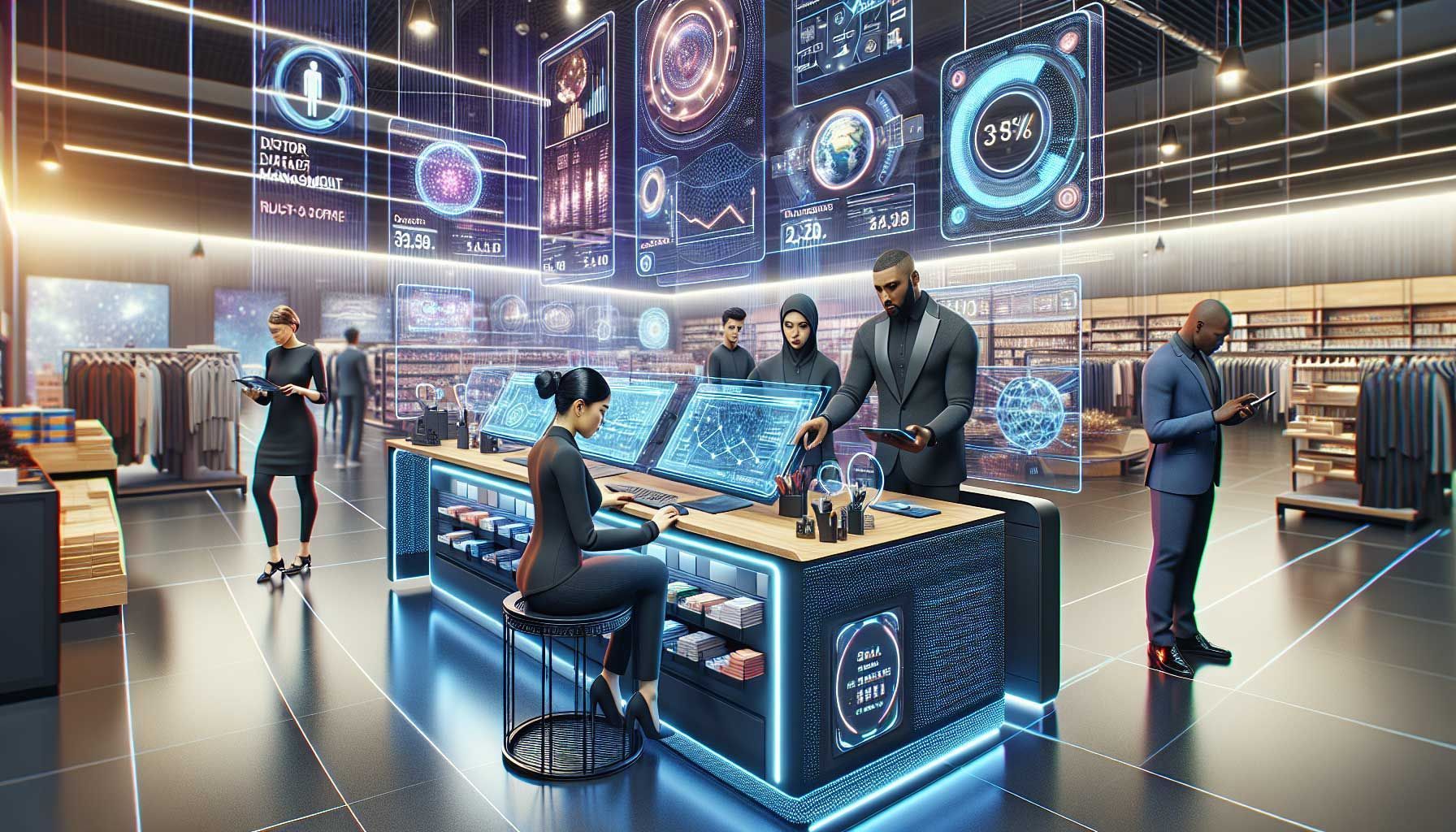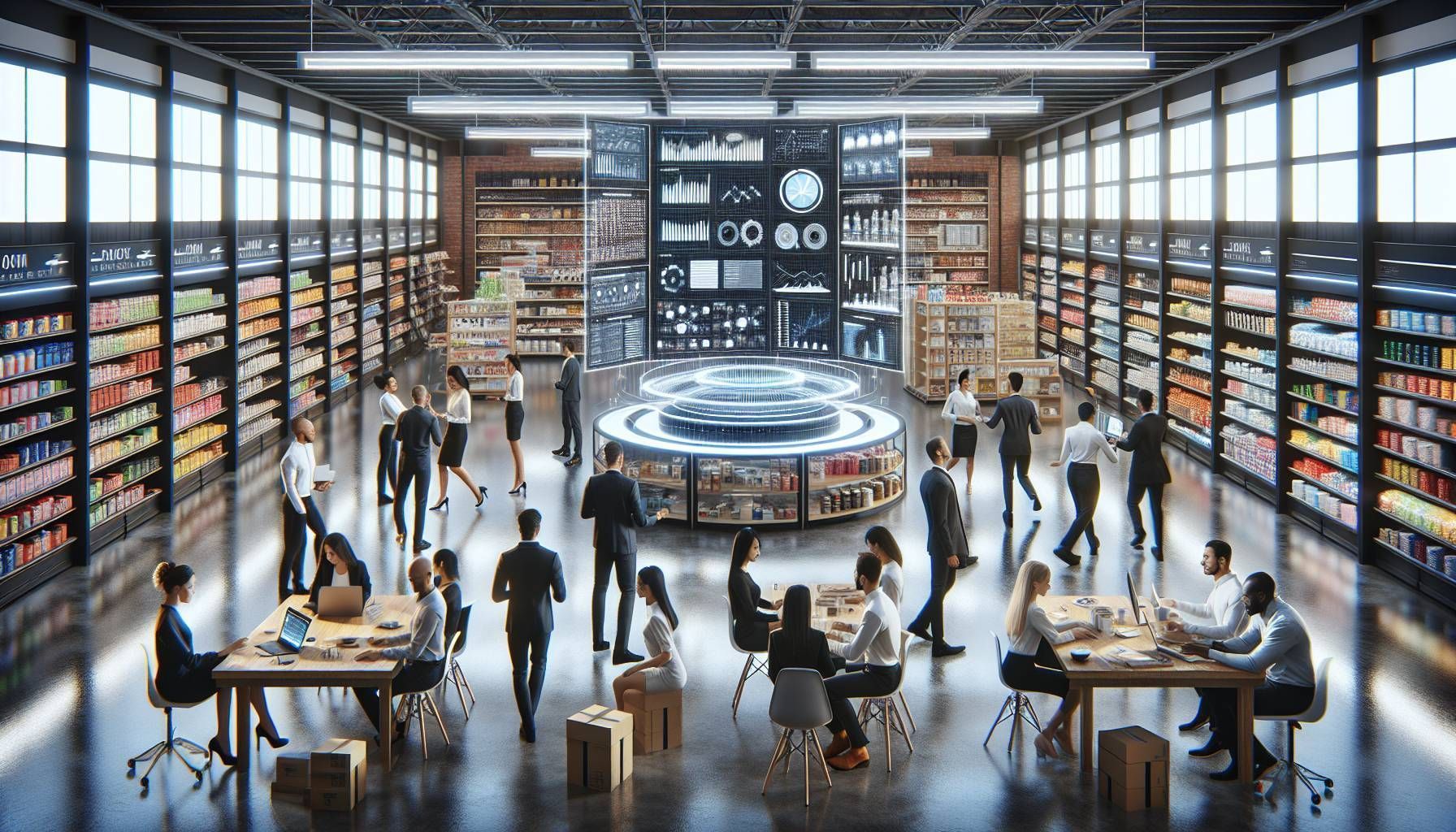How to Build a Unified Commerce Ecosystem - Get Examples and Tips
Discover an example, components and tips to build your Unified Commerce Ecosystem
Nowadays, an unified commerce ecosystem is the ultimate goal for any business. That is why in this article we look at what this new way of working entails. In short, it means that the company has one central place to connect all systems, channels, products and customer interactions. This makes it possible for to track, monitor, and optimize marketing and sales efforts. Furthermore, Furthermore, you are able to offer the customer the best experience.
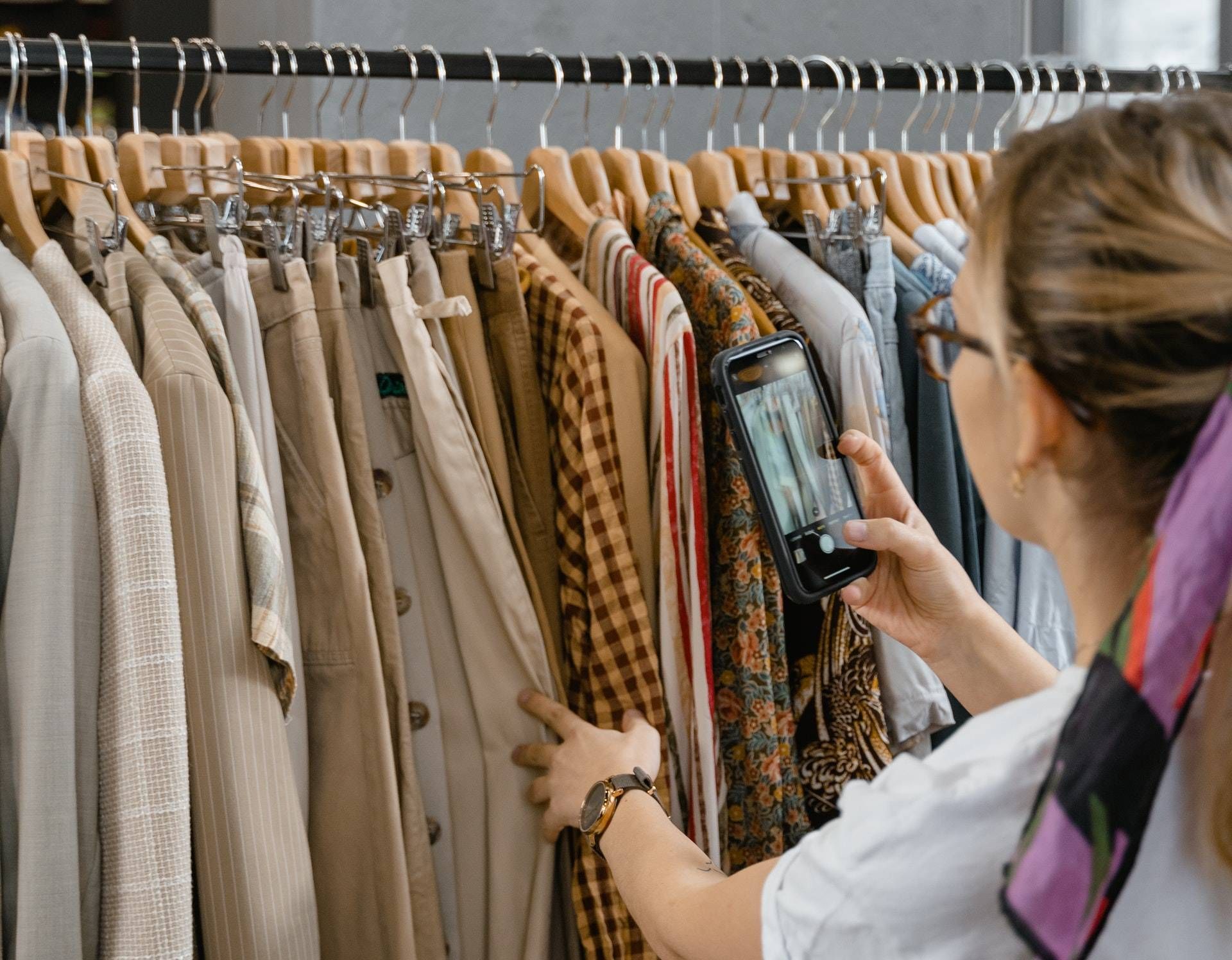
What is Unified Commerce and Why Is it Important?
Unified commerce is a strategy that helps retailers to integrate their online and offline operations. It enables retailers to be more efficient by providing a seamless shopping experience across all channels. Unified commerce integrates the digital and physical worlds of retail, allowing consumers to access products in any channel they choose. The goal is to provide customers with a seamless shopping experience, regardless of where or how they buy a product.
Wait.. you might be thinking, isn't that the same as omnichannel?
Yes it is very similar. Both are about an integral customer experience, but unified commerce goes a step further. The customer experience should be seamless, personalized, and always available to the customers. However, due to the increasing number of channels that customers use to interact with a business, this becomes difficult for businesses. Therefore, integrating all processes is an approach that businesses are adopting in order to provide a seamless customer experience across all channels.
Wait.. you might be thinking, isn't that the same as omnichannel?
Yes it is very similar. Both are about an integral customer experience, but unified commerce goes a step further. The customer experience should be seamless, personalized, and always available to the customers. However, due to the increasing number of channels that customers use to interact with a business, this becomes difficult for businesses. Therefore, integrating all processes is an approach that businesses are adopting in order to provide a seamless customer experience across all channels.
Omnichannel vs Unified Commerce
So omnichannel and unified commerce are two approaches that businesses are adopting in order to provide a seamless customer experience across all channels. Omnichannel provides one unified platform for customers from which they can purchase products from various channels such as mobile apps, social media sites etc., whereas unified commerce allows for independent management of each channel’s inventory and prices. That is why it is important with an Unified Commerce Ecosystem that all backend systems are also linked to each other.
A simple example for clarification.
You have linked a website to your ERP or cash register system. All stock products that are placed in the system are also automatically displayed on the website. That is an omnichannel approach. Now a customer orders a product on the webshop. With unified commerce, the order will also appear in the same ERP or cash register system. So added to the same customer profile when he buys something in the store. Furthermore, in some cases you would like to have different prices online than in-store.
So you can say that omnichannel is part of an unified commerce ecosystem. In the first instance, it looks the same for the customer, but in the backend it works more integrated. This ensures a better customer experience. Suppose a customer returns to the store with the product for warranty. Then it is important that the store employee can immediately see when and what the customer has ordered, regardless of whether it happened online or offline.
A simple example for clarification.
You have linked a website to your ERP or cash register system. All stock products that are placed in the system are also automatically displayed on the website. That is an omnichannel approach. Now a customer orders a product on the webshop. With unified commerce, the order will also appear in the same ERP or cash register system. So added to the same customer profile when he buys something in the store. Furthermore, in some cases you would like to have different prices online than in-store.
So you can say that omnichannel is part of an unified commerce ecosystem. In the first instance, it looks the same for the customer, but in the backend it works more integrated. This ensures a better customer experience. Suppose a customer returns to the store with the product for warranty. Then it is important that the store employee can immediately see when and what the customer has ordered, regardless of whether it happened online or offline.
Understanding the Core Components of a Unified Commerce Ecosystem
We can distinguish 4 important components for the perfect unified commerce approach:
You want to be able to integrate all these channels with your ERP or cash register system. For this you can use standard integrations or secure APIs for a robust connection.
According to Adyen , payments are also an important part of the unified commerce ecosystem.
- Systems
- Channels
- Products
- Interactions
Choose the right system for your commerce strategy
The first core component for your unified commerce strategy is the right software system. A unified commerce ecosystem should integrate all the channels of sales and marketing. This makes it possible for a company to use different channels to reach the customer and collect all data in one place. That is why most companies also use the complete solution of PIM , POS system and website builder . With this you have all processes connected by default without expensive customization.Channels
Another important part are the channels. There are many different ways to sell your products. For example, the physical store is a channel and your webshop is also a channel. In addition, you can also think of Apps, Social Media platforms and trading platforms. Also B2B wholesale platforms if you sell to other companies.You want to be able to integrate all these channels with your ERP or cash register system. For this you can use standard integrations or secure APIs for a robust connection.
All about the product
In addition to a strong infrastructure and sales channels, you want to create as much transparency as possible around your products. Whether it's the manager, store employee, warehouse employee or sales representative. Everyone should have access to the same product information. Customers should also be able to see your offer through various channels. This way you ensure that customers get a better experience and you minimize the risk of a no sale.Interactions
Last but not least, the customer wants quick help, advice and the product at the right time. For this, all customer interactions must be stored in one, secure environment. So instead of storing the different data in different systems, you look for one solution in which everything comes together. Whether it concerns a visit to a store or via one of the many online channels.According to Adyen , payments are also an important part of the unified commerce ecosystem.

Successful example of backend system integration
Retailgear is a good example of an unified commerce ecosystem. This
value network
connects your online and offline world in one system. It is unique in that there is also a standard integration with suppliers, because every user works in the same product database. This allows businesses to easily share inventory and sales data and the reatailer has access to the product information of suppliers. Multiple companies therefore use the same backend system. This offers many possibilities in the field of marketing and sales. It makes collaboration between businesses possible to take the customer experience to a new level.
What are the Top Tools to Get Started with Unified Commerce?
Like
Shopify
, Wordpress, Lightspeed you can also start with our solution Retailgear as a foundation of your ecosystem. All processes come together in one system. To make the right choice, you need to do some research first.
First, make an overview of all data sources you currently have. For example, storing customer data, product information, inventory, orders, services and customer interactions. So you need a stock management or PIM system . A CRM or cash register system and easy integration options with different channels.
In this way you can create uniformity in the product descriptions and brand identity. Furthermore, you have unity in your business marketing content so that customers know where they can find what they are looking for. In this way you will combine your digital strategy with your offline channels.
First, make an overview of all data sources you currently have. For example, storing customer data, product information, inventory, orders, services and customer interactions. So you need a stock management or PIM system . A CRM or cash register system and easy integration options with different channels.
In this way you can create uniformity in the product descriptions and brand identity. Furthermore, you have unity in your business marketing content so that customers know where they can find what they are looking for. In this way you will combine your digital strategy with your offline channels.

We look forward to share the best strategies with you.
Thank you!

Bring your shop to the next level
Hi, I'm George and I like retail and technology. Therefore, my passion here at Retailgear.com is to provide you with reliable information to automate and digitize your store. You can find out what we can do for your industry through our menu. Also, feel free to check out this updated list of retail tools.
Get inspiration in your inbox to get more sales and store visitors with less effort.






